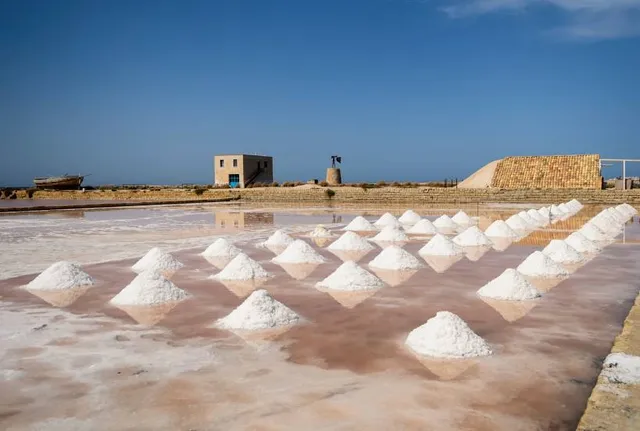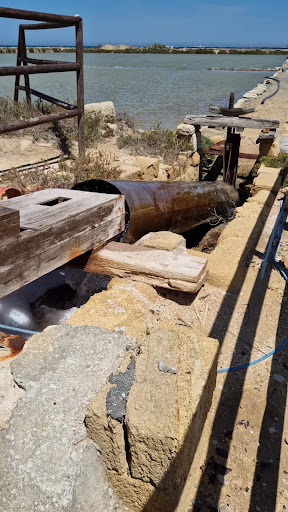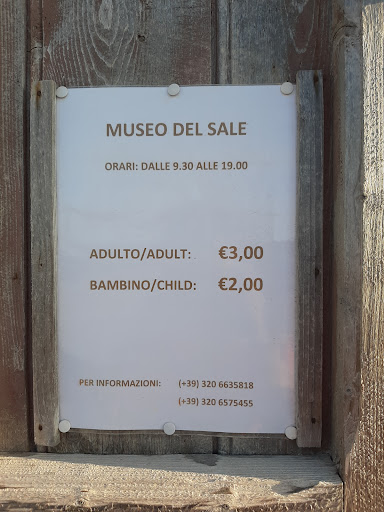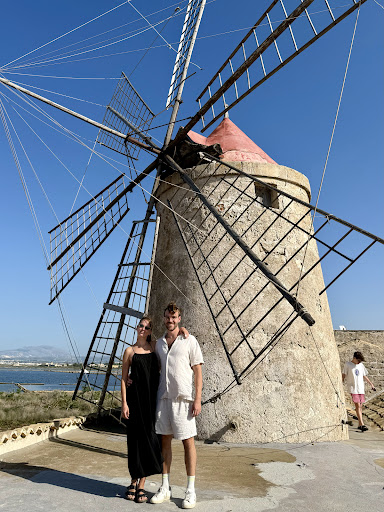Salt Museum things to do, attractions, restaurants, events info and trip planning
Basic Info
Salt Museum
Via Chiusa, 91027 Nubia TP, Italy
4.6(3.1K)
Open until 7:00 PM
Save
spot
spot
Ratings & Description
Info
Cultural
Accessibility
attractions: Torre Nubia, restaurants: Trattoria Del Sale, La Torre di Nubia
 Learn more insights from Wanderboat AI.
Learn more insights from Wanderboat AI.Phone
+39 320 663 5818
Website
museodelsale.it
Open hoursSee all hours
Sun10 AM - 7 PMOpen
Plan your stay

Pet-friendly Hotels in Paceco
Find a cozy hotel nearby and make it a full experience.

Affordable Hotels in Paceco
Find a cozy hotel nearby and make it a full experience.

The Coolest Hotels You Haven't Heard Of (Yet)
Find a cozy hotel nearby and make it a full experience.

Trending Stays Worth the Hype in Paceco
Find a cozy hotel nearby and make it a full experience.
Reviews
Nearby attractions of Salt Museum
Torre Nubia
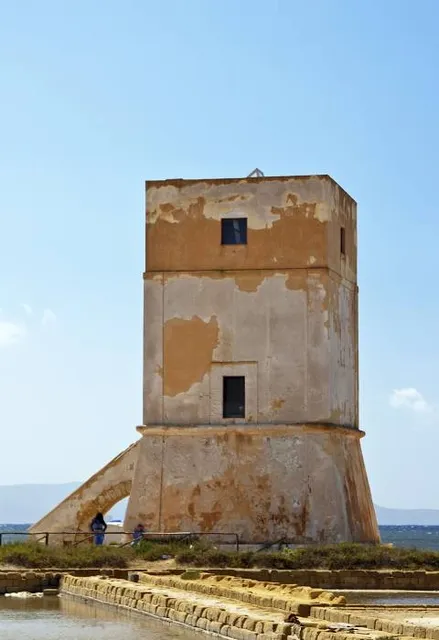
Torre Nubia
4.3
(129)
Open 24 hours
Click for details
Things to do nearby
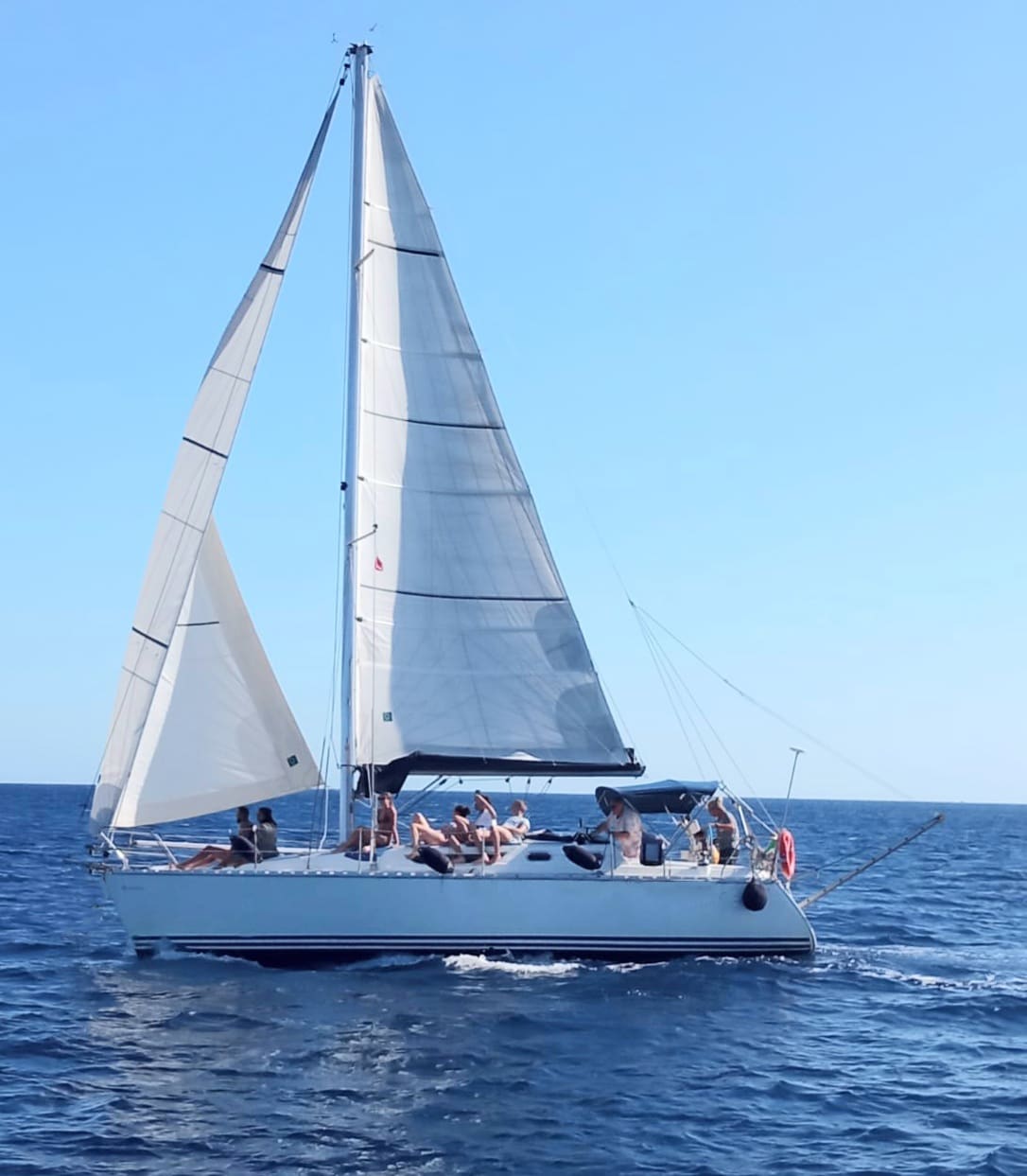
Sailboat EcoTour to the Egadi Islands
Wed, Dec 31 • 8:45 AM
91100, Trapani, Sicily, Italy
View details

Taste fine wines in a historic cellar
Mon, Dec 29 • 11:30 AM
91025, Marsala, Sicily, Italy
View details
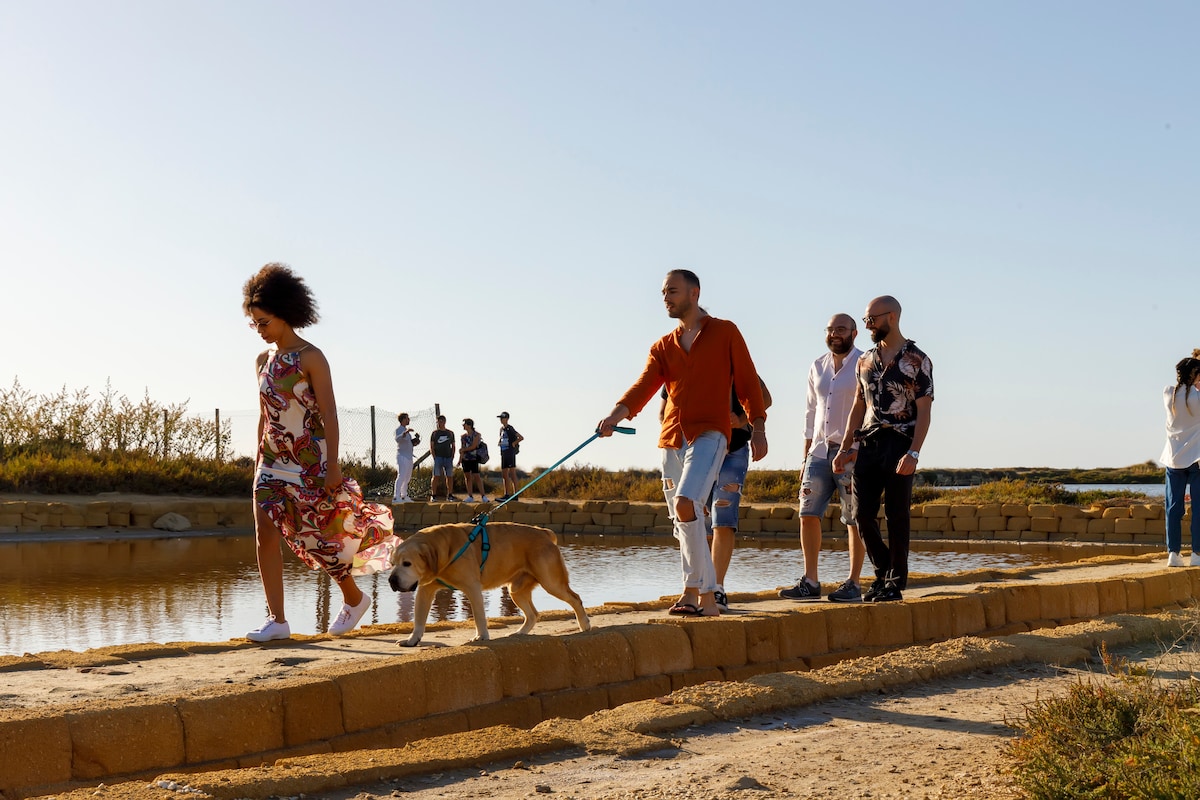
Tour the Trapanis salt pans and salt museum
Sat, Jan 3 • 11:00 AM
91027, Paceco, Sicilia, Italy
View details
Nearby restaurants of Salt Museum
Trattoria Del Sale
La Torre di Nubia
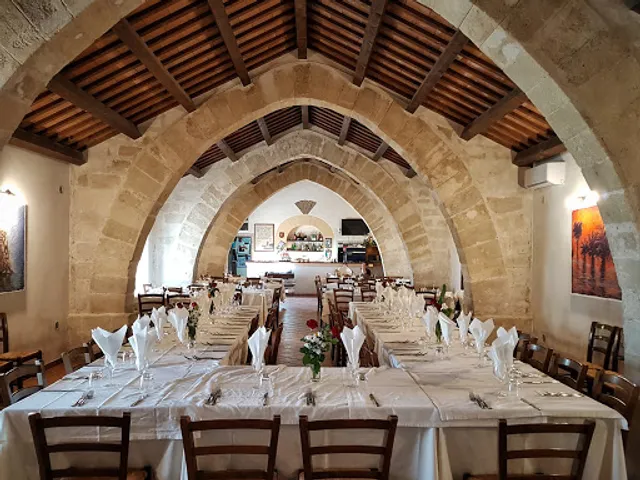
Trattoria Del Sale
4.1
(858)
Click for details
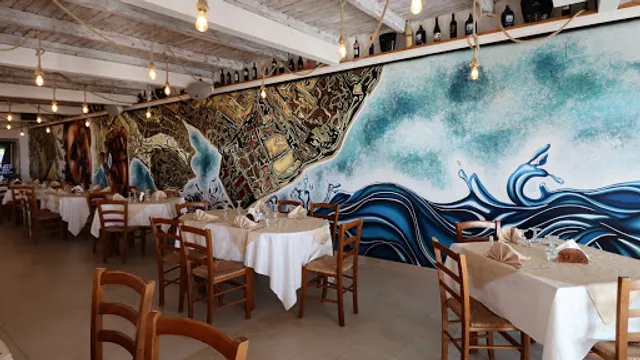
La Torre di Nubia
4.1
(780)
Click for details
